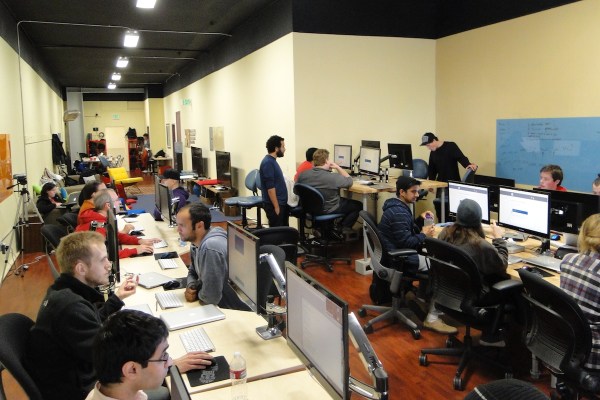Civitas Learning, the higher education software service provider for student success, has received a commitment of up to $60 million as it looks to expand its suite of products.
The Austin-based company started its development with six universities in 2011 and has since grown to facilitate and monitor student progress for 80 public and private universities and colleges.
According to the company, the idea is to use data science to encourage retention, student engagement, and after-school success among colleges across the country.
Initially backed by investors including Austin Ventures, Emergence Capital Partners, and Felicis Ventures, Warburg Pincus has come on to lead the latest round of funding, which brings the company’s total to $88.9 million.
According to chief executive, Charles Thornburgh, the core addressable market for student retention, which is Civitas Learning’s primary focus, is $1 billion globally.
“Approximately $100 billion in tuition and fees (in the U.S.) are spent each year on students who will not graduate,” wrote Thornburgh in an email. “We believe there is an opportunity to improve that number by 5-10 percent, which is a multi-billion-dollar opportunity.”
Currently, Civitas Learning sees a whole host of point solutions as competitors, like Starfish, or Blackboard and Ellucian. Thornburgh envisions his company as the first to incorporate machine learning and analytics as the backbone of its platform and applications.
Thornburgh views the decision to raise a big round now as a logical step and not just an exigency.
“More students need higher levels of education to be able to get good jobs and participate in the civic life in a more complicated and connected world — 65 percent of emerging jobs require a postsecondary credential (Georgetown University Center on Education and the Workforce),” says Thornburgh.
“However, more and more students are first generation or returning students, who are the least likely to successfully navigate our education system,” he says. “Our institutions are no longer focusing on simply increasing access, but increasingly focusing on and being funded by formulas that are based on enrollment and completion – which is not surprising given that state funds are tight. And, lastly, our economy needs more students with degrees to keep the economy humming.”
